What Is Khorasan Wheat: Where Does Khorasan Wheat Grow
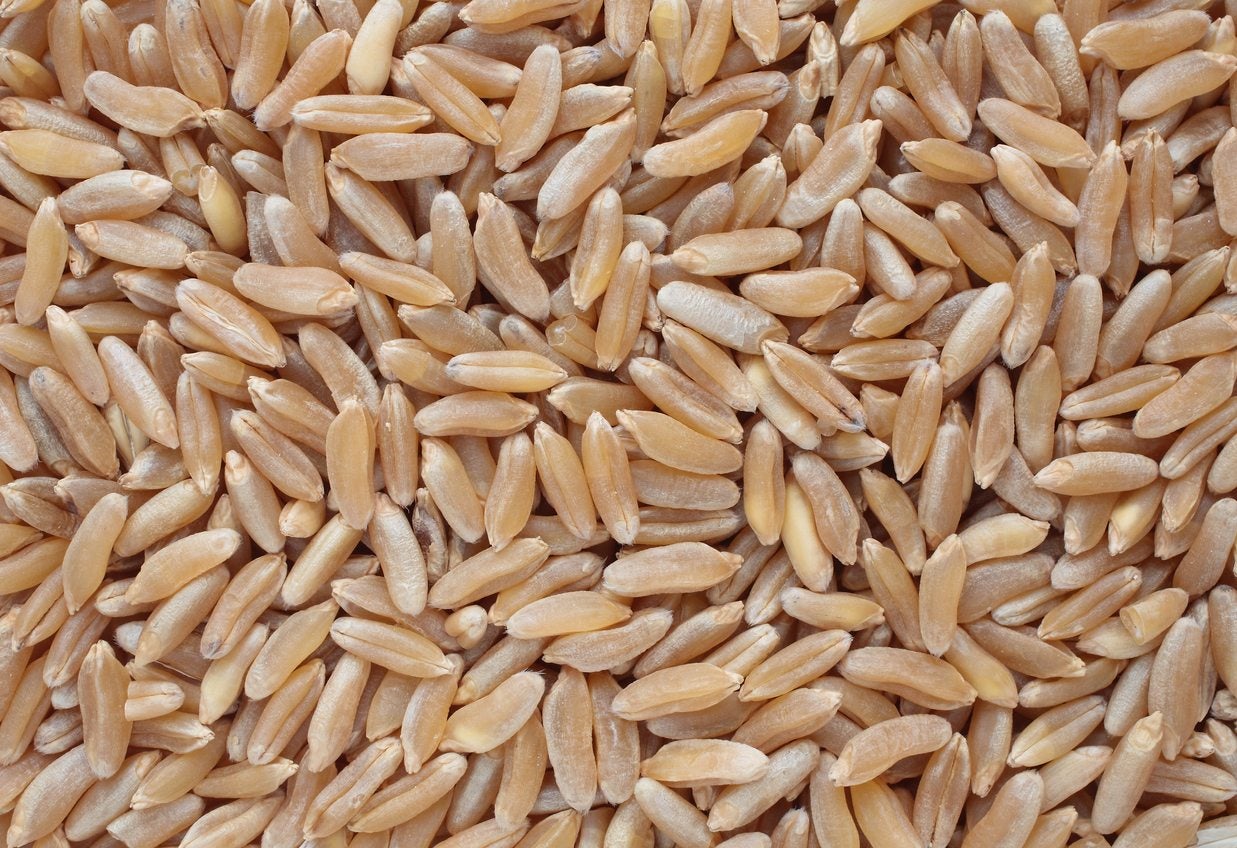
Ancient grains have become a modern trend and with good reason. These unprocessed whole grains have a slew of healthful benefits, from reducing the risk for type II diabetes and stroke to helping to maintain healthy weight and blood pressure. One such grain is called khorasan wheat (Triticum turgidum). What is khorasan wheat and where does khorasan wheat grow?
What is Khorasan Wheat?
Sure you’ve probably heard of quinoa and maybe even farro, but how about Kamut? Kamut, the ancient Egyptian word for ‘wheat,’ is the registered trademark used in marketing products made with khorasan wheat. An ancient relative of durum wheat (Triticum durum), khorasan wheat nutrition contains 20-40% more protein than ordinary wheat grains. Khorasan wheat nutrition also is significantly higher in lipids, amino acids, vitamins, and minerals. It has a rich, buttery flavor and a natural sweetness.
Where Does Khorasan Wheat Grow?
No one knows the exact origin of khorasan wheat. It most likely originates from the Fertile Crescent, the crescent-shaped area from the Persian Gulf through modern southern Iraq, Syria, Lebanon, Jordan, Israel, and northern Egypt. It is also said to date back to the ancient Egyptians or to have originated in Anatolia. Legend has it that Noah brought the grain on his ark, so to some folks it is known as “prophet’s wheat.” The Near East, Central Asia, and Northern Africa were undoubtedly growing khorasan wheat on a small scale, but it has not been commercially produced in modern times. It did reach the United States in 1949, but interest was lackluster so it was never commercially grown.
Khorasan Wheat Information
Still, other khorasan wheat information, whether fact or fiction I can’t say, says that the ancient grain was brought to the United States by a WWII airman. He claims to have found and taken a handful of the grain from a tomb near Dashare, Egypt. He gave 36 kernels of the wheat to a friend who subsequently mailed them to his father, a Montana wheat farmer. The father planted the grains, harvested them, and displayed them as a novelty at the local fair where they were christened “King Tut’s Wheat.” Apparently, the novelty wore off until 1977 when the last jar was obtained by T. Mack Quinn. He and his agricultural scientist and biochemist son researched the grain. They found that this type of grain had indeed originated in the Fertile Crescent area. They decided to begin growing khorasan wheat and coined the trade name “Kamut,” and now we are the beneficiaries of this delightful, crunchy, highly nutrient-rich, ancient grain.
Gardening tips, videos, info and more delivered right to your inbox!
Sign up for the Gardening Know How newsletter today and receive a free copy of our e-book "How to Grow Delicious Tomatoes".

Amy Grant has been gardening for 30 years and writing for 15. A professional chef and caterer, Amy's area of expertise is culinary gardening.
-
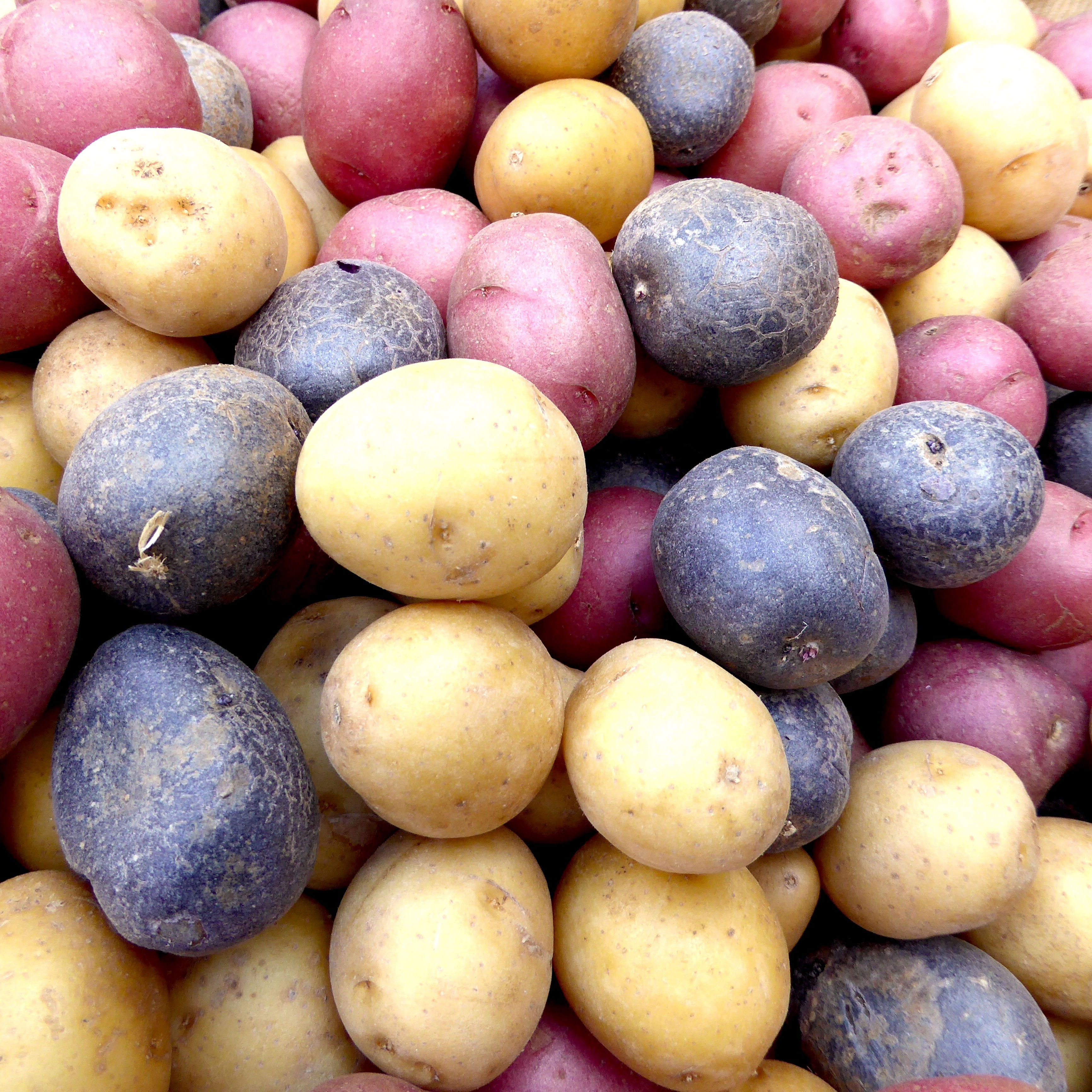 Tuck Into Tasty Homegrown Heritage Spud Varieties: 7 Of The Best Heirloom Potatoes
Tuck Into Tasty Homegrown Heritage Spud Varieties: 7 Of The Best Heirloom PotatoesDo you love your potatoes but fancy a little unique flavor? If you’re interested in taters with a heritage twist, here are some of the best heirloom potatoes to try
-
 Which Invasive Shrubs Should You Avoid Growing? Plus, Best Natives To Plant Instead
Which Invasive Shrubs Should You Avoid Growing? Plus, Best Natives To Plant InsteadCertain plants may look lovely but they can wreak havoc to local areas and native wildlife. Here are the key invasive shrubs to avoid – with recommendations on gorgeous native alternatives to try
-
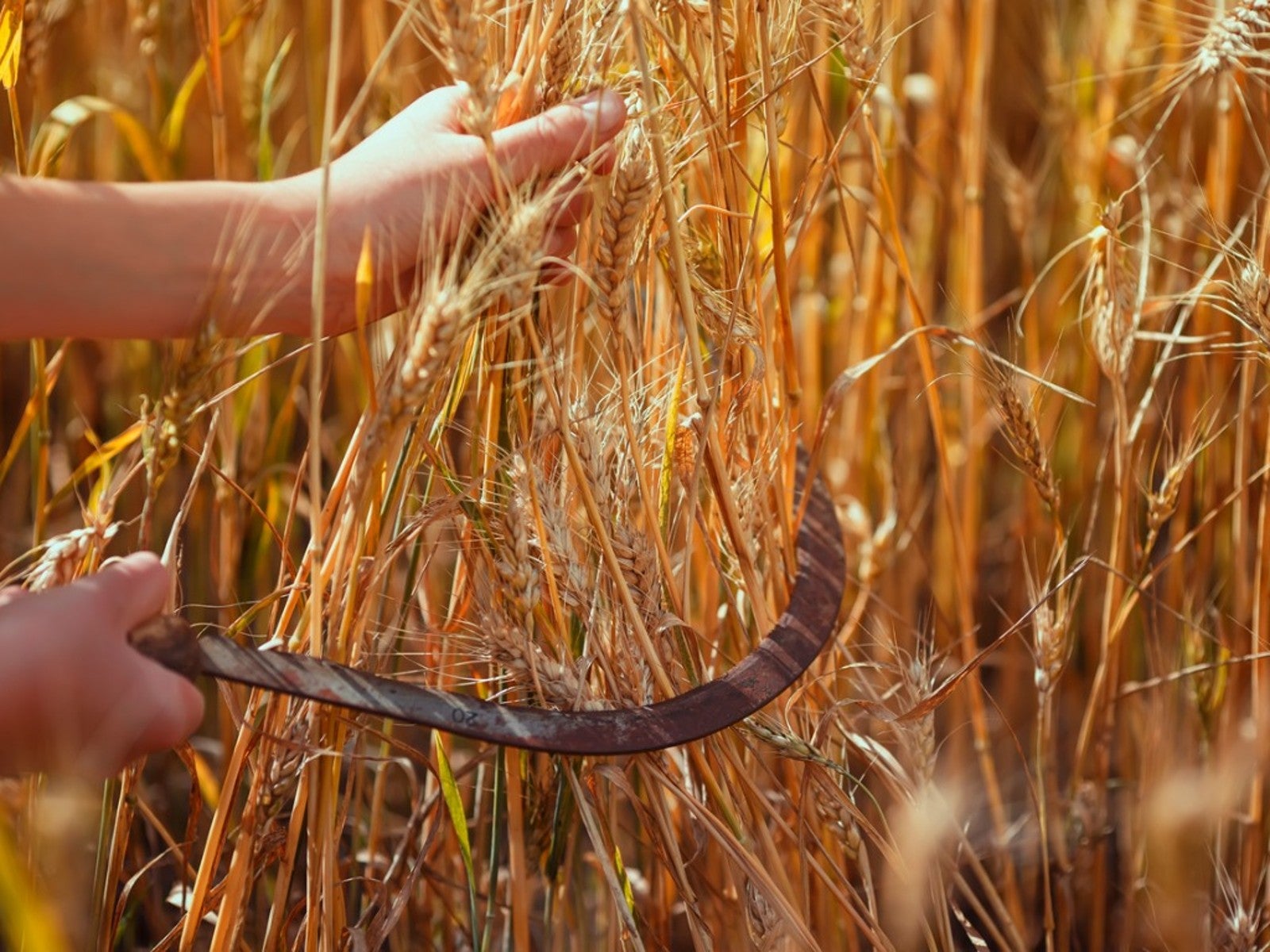 Harvesting Wheat In The Home Garden
Harvesting Wheat In The Home GardenGrowing wheat at home is a fun part of a healthy lifestyle. Learn how to tell if your home grown wheat is ready to harvest, and how to do it.
-
 Grow Your Own Pasta: How To Make Semolina Pasta From Durum Wheat
Grow Your Own Pasta: How To Make Semolina Pasta From Durum WheatNoodles have been a staple of the human diet for centuries. The best pasta is made with Durum wheat. Read on to learn how to grow it.
-
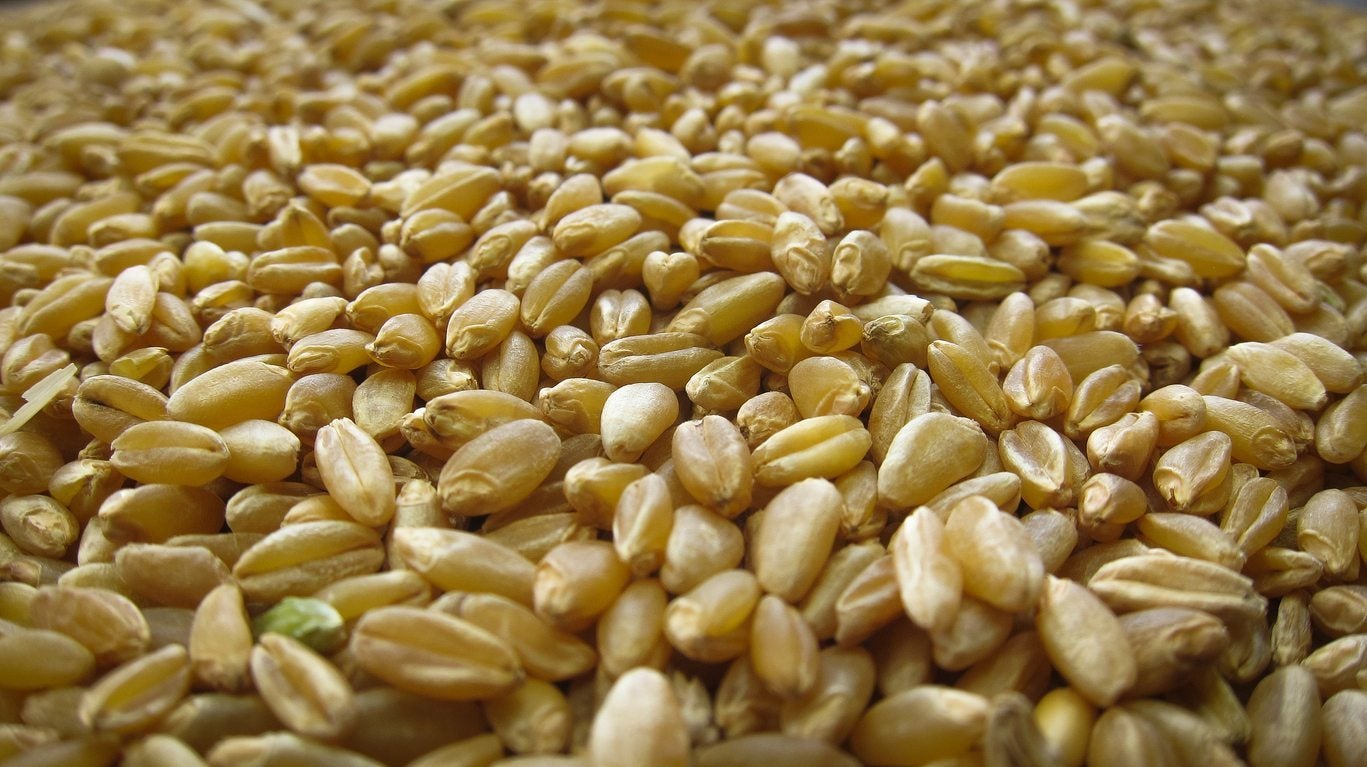 Durum Wheat Information: Tips On Growing Durum Wheat At Home
Durum Wheat Information: Tips On Growing Durum Wheat At HomeUtilizing whole grain wheat is more nutritious, which is why many gardeners are choosing to grow their own. How about growing your own durum wheat, for example? What is durum wheat? Click here to find out how to grow durum wheat and about durum wheat care.
-
 What Is Wheat Rust: Learn About Rust Diseases Of Wheat
What Is Wheat Rust: Learn About Rust Diseases Of WheatWheat rust is one of the earliest known plant diseases, and it remains a problem today. Scientific studies offer information that allows us to manage the disease better. Use the wheat rust information in this article to help manage your crop.
-
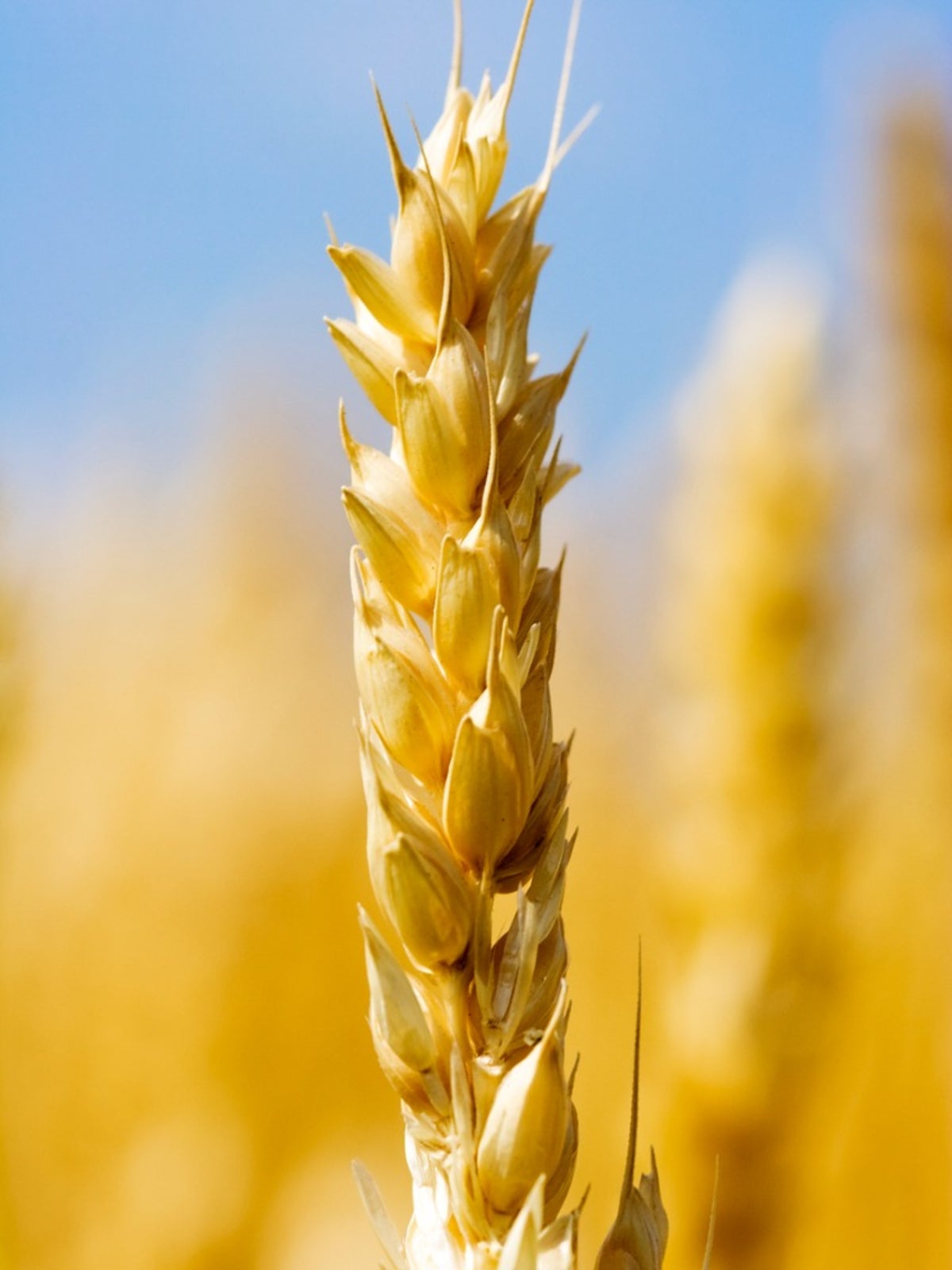 Can I Grow Wheat At Home – Tips For Growing Wheat In Home Gardens
Can I Grow Wheat At Home – Tips For Growing Wheat In Home GardensYou want to eat healthfully and incorporate more grains into your diet. What better way than growing wheat in your home garden? The following wheat growing information will help you learn how to grow wheat in a home garden and caring for backyard wheat grain.